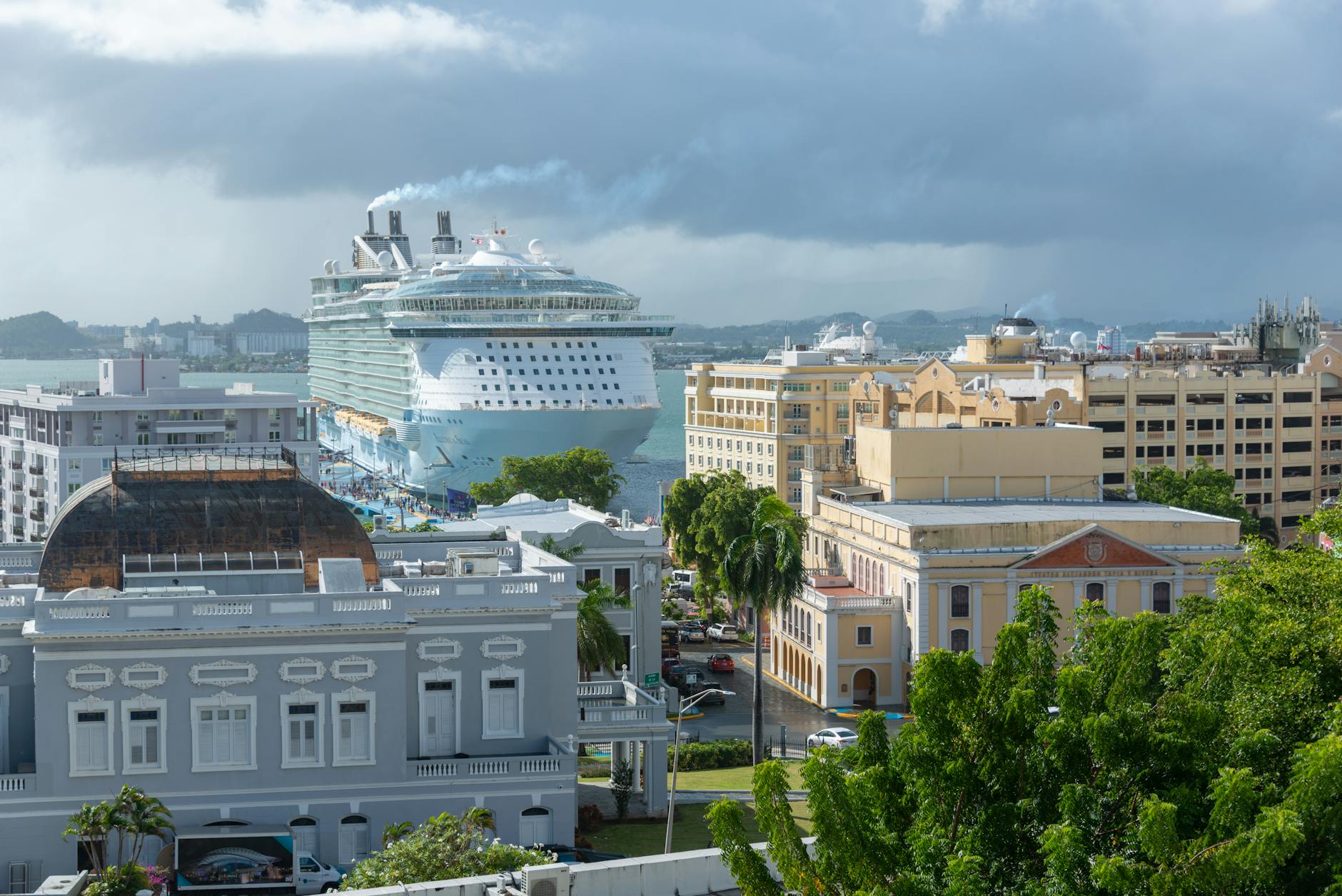A Comprehensive Reviewer Manual for the 3rd Mate Board Exam: Navigating Towards Success

Preparing for the 3rd Mate Board Exam is a significant milestone for aspiring maritime professionals. Aspiring third mates must demonstrate a comprehensive understanding of maritime laws, navigation principles, ship handling techniques, and safety protocols to obtain their license. To aid in this journey, we present a comprehensive reviewer manual covering key topics and concepts essential for success in the 3rd Mate Board Exam.


Page Contents
- 1 A Comprehensive Reviewer Manual for the 3rd Mate Board Exam
- 2 International Maritime Regulations and Laws
- 3 Here are details on the top 5 international maritime regulations and policies:
- 4 Here are details on the top 3 vessel emergencies and how to resolve them:
- 5 Here are the top three main responsibilities of a Third Mate (Third Officer) aboard a vessel:
- 6 Conclusion
A Comprehensive Reviewer Manual for the 3rd Mate Board Exam
Section 1: Maritime Regulations and Laws
- International Regulations: Familiarize yourself with international maritime regulations such as SOLAS (Safety of Life at Sea), MARPOL (International Convention for the Prevention of Pollution from Ships), and STCW (Standards of Training, Certification, and Watchkeeping).
- Local Regulations: Understand the maritime laws and regulations specific to your country or region, including requirements for vessel inspection, crew certification, and environmental protection.
- Chart Reading: Learn to interpret nautical charts, including symbols, depths, and navigational hazards.
- Navigation Aids: Understand the use of navigation aids such as buoys, beacons, and lights for safe navigation.
- Pilotage: Familiarize yourself with pilotage procedures, including the role of pilots and communication protocols when navigating in pilotage waters.
Section 3: Ship Handling and Maneuvering
- Ship Stability: Understand the principles of ship stability, including stability calculations, factors affecting stability, and stability criteria.
- Maneuvering Principles: Learn ship handling techniques for maneuvering in various conditions, including berthing, unberthing, anchoring, and navigating in restricted waters.
- Collision Avoidance: Master the rules of the road and collision avoidance techniques to prevent collisions at sea.
Section 4: Safety Procedures and Emergency Response
- Emergency Procedures: Know the procedures for responding to emergencies such as fire, flooding, collision, and man overboard situations.
- Safety Equipment: Familiarize yourself with the use of safety equipment onboard, including life-saving appliances, fire-fighting equipment, and emergency communication devices.
- Search and Rescue: Understand search and rescue procedures, including the use of distress signals, coordination with search and rescue authorities, and conducting search patterns.
Section 5: Meteorology and Weather Routing
- Weather Systems: Learn about different weather systems, including pressure systems, fronts, and associated weather phenomena.
- Weather Forecasting: Understand the basics of weather forecasting and interpretation of weather charts and reports.
- Weather Routing: Familiarize yourself with weather routing techniques to optimize vessel performance and safety during voyages.
International Maritime Regulations and Laws
International maritime regulations and laws serve as the backbone of the global maritime industry, providing a framework for safe, efficient, and environmentally sustainable shipping operations. These regulations are established and enforced by various international organizations and agreements, including the International Maritime Organization (IMO), the United Nations Convention on the Law of the Sea (UNCLOS), and regional bodies such as the European Union’s Maritime Safety Agency (EMSA). Key areas covered by international maritime regulations include ship construction and equipment standards, navigation safety, pollution prevention, crew training and certification, and the protection of maritime rights and resources. Compliance with these regulations is mandatory for all vessels engaged in international trade, regardless of flag state, ensuring uniform standards and promoting a level playing field among maritime stakeholders worldwide. By upholding international maritime regulations and laws, the global shipping community can safeguard human lives, protect the marine environment, and promote sustainable development across the world’s oceans.
Here are details on the top 5 international maritime regulations and policies:
- International Convention for the Safety of Life at Sea (SOLAS):
- Purpose: SOLAS sets minimum safety standards for the construction, equipment, and operation of ships to ensure the safety of life at sea.
- Key Provisions: It covers a wide range of safety-related aspects, including ship design and construction, fire protection, lifesaving appliances, navigation equipment, and emergency procedures.
- Implementation: SOLAS is enforced by flag states and applies to all vessels engaged in international voyages, including passenger ships, cargo ships, and tankers.
- International Convention for the Prevention of Pollution from Ships (MARPOL):
- Purpose: MARPOL aims to prevent and minimize pollution of the marine environment from ships, including pollution by oil, chemicals, sewage, garbage, and air emissions.
- Key Provisions: It establishes regulations governing the discharge of pollutants into the sea and air, the design and operation of pollution prevention equipment, and the handling and disposal of ship-generated waste.
- Implementation: MARPOL is enforced by flag states and port states, with regulations applicable to all ships engaged in international voyages.
- International Convention on Standards of Training, Certification and Watchkeeping for Seafarers (STCW):
- Purpose: STCW sets minimum training and certification standards for seafarers to ensure competency and proficiency in their roles onboard ships.
- Key Provisions: It outlines requirements for seafarer training programs, certification of competency, and the maintenance of watchkeeping standards to promote safety and prevent accidents at sea.
- Implementation: STCW is enforced by flag states and applies to all seafarers serving on ships subject to SOLAS, including officers and ratings in both deck and engine departments.
- International Ship and Port Facility Security (ISPS) Code:
- Purpose: The ISPS Code aims to enhance maritime security by establishing a standardized framework for the assessment and management of security risks to ships and port facilities.
- Key Provisions: It outlines measures to prevent security incidents, including the development of ship security plans, port facility security plans, and the implementation of security measures such as access control, surveillance, and security training.
- Implementation: The ISPS Code is implemented by flag states, port states, and shipping companies, with compliance verified through security assessments and audits conducted by recognized security organizations.
- Ballast Water Management Convention:
- Purpose: This convention addresses the transfer of potentially invasive aquatic species via ships’ ballast water, aiming to minimize the environmental impact of such transfers.
- Key Provisions: It sets standards for ballast water treatment and management systems, including requirements for ballast water exchange or treatment before discharge.
- Implementation: The convention is enforced by flag states and applies to all ships engaged in international voyages, with compliance verified through ballast water management plans and certificates issued by recognized authorities.
These international maritime regulations and policies play a crucial role in promoting safety, environmental protection, and security in the global maritime industry, ensuring the sustainable and responsible use of the world’s oceans and waterways.
Here are details on the top 3 vessel emergencies and how to resolve them:
- Fire Emergency:
- Cause: Fires on vessels can be caused by various factors, including electrical faults, engine malfunctions, fuel leaks, or accidents involving flammable materials.
- Resolution:
- Immediate Response: Activate the fire alarm, notify the crew, and muster at designated assembly points. Close all watertight doors and hatches to contain the fire.
- Firefighting Measures: Use portable fire extinguishers, hoses, and firefighting equipment to suppress the fire. If the fire is beyond control, activate fixed firefighting systems such as CO2 or water mist systems.
- Communication: Establish communication with nearby vessels, shore authorities, and emergency services to request assistance if needed.
- Evacuation: If the fire cannot be contained, prepare for evacuation procedures, including launching lifeboats or deploying life rafts. Follow established evacuation protocols and prioritize the safety of all personnel onboard.
- Flooding or Water Ingress:
- Cause: Flooding can occur due to hull breaches, equipment failures, collisions, or adverse weather conditions such as heavy seas or storms.
- Resolution:
- Damage Assessment: Identify the source of water ingress and assess the extent of damage to the vessel’s hull and compartments.
- Containment: Use onboard pumps, bilge systems, and watertight doors to contain and mitigate the ingress of water. Activate emergency pumps and auxiliary systems as necessary.
- Stability Management: Monitor the vessel’s stability and take corrective actions to maintain equilibrium, such as ballasting or transferring fuel or cargo to adjust the vessel’s trim and heel.
- Communication: Notify the relevant authorities, including the vessel’s owner, flag state, and port authorities, of the situation. Request assistance and coordinate salvage operations if required.
- Evacuation: Prepare for evacuation procedures if the flooding cannot be controlled and poses a threat to the vessel’s safety. Follow established evacuation protocols and ensure the safe evacuation of all personnel.
- Man Overboard (MOB) Emergency:
- Cause: Man overboard incidents can occur due to slips, trips, falls, or accidents involving crew members or passengers on deck.
- Resolution:
- Immediate Response: Sound the man overboard alarm and initiate immediate search and rescue procedures. Deploy flotation devices or lifebuoys to mark the position of the person in the water.
- Communication: Notify the bridge, crew, and nearby vessels of the MOB incident. Maintain communication with the person in the water if possible and relay information to the bridge.
- Search and Rescue: Conduct systematic search patterns using visual lookout, radar, and searchlights to locate the person in the water. Deploy rescue boats or lifeboats to retrieve the individual safely.
- Recovery and Medical Assistance: Once the person is recovered onboard, provide immediate medical assistance and follow established procedures for treating hypothermia, injuries, or shock.
- Post-Incident Review: Conduct a debriefing and review of the MOB incident to identify contributing factors, lessons learned, and areas for improvement in crew training and emergency response protocols.
By promptly recognizing and effectively responding to these vessel emergencies, maritime personnel can mitigate risks, minimize damage, and ensure the safety and well-being of everyone onboard. Regular training, drills, and adherence to established emergency procedures are essential for preparedness and effective response in emergency situations at sea.
Here are the top three main responsibilities of a Third Mate (Third Officer) aboard a vessel:
- Navigational Duties:
- As a Third Mate, one of the primary responsibilities is to assist the Chief Mate and Captain in navigating the vessel safely from one port to another. This includes:
- Plotting and monitoring the vessel’s course using navigational charts, instruments, and electronic systems.
- Maintaining accurate navigational logs and records of the vessel’s position, speed, and course changes.
- Monitoring weather conditions and advising the bridge team on appropriate course adjustments to ensure safe passage.
- Standing watch on the bridge to maintain a lookout for other vessels, navigational hazards, and changes in weather or sea conditions.
- As a Third Mate, one of the primary responsibilities is to assist the Chief Mate and Captain in navigating the vessel safely from one port to another. This includes:
- Cargo Operations:
- Third Mates are often responsible for overseeing cargo loading, stowage, and discharge operations, working closely with the Chief Mate and deck crew to ensure the safe handling and transport of cargo. This includes:
- Inspecting cargo holds, hatch covers, and cargo securing equipment to ensure they are in good condition and properly maintained.
- Supervising the loading and discharge of cargo, ensuring proper weight distribution, securing, and documentation according to relevant regulations and procedures.
- Coordinating with port authorities, stevedores, and terminal operators to facilitate efficient cargo operations while adhering to safety and security protocols.
- Third Mates are often responsible for overseeing cargo loading, stowage, and discharge operations, working closely with the Chief Mate and deck crew to ensure the safe handling and transport of cargo. This includes:
- Safety and Security:
- Third Mates play a vital role in maintaining the safety and security of the vessel, its crew, passengers, and cargo. This involves:
- Conducting regular safety inspections and drills to ensure compliance with international regulations and company policies.
- Participating in emergency response procedures, including fire drills, abandon ship drills, and man overboard drills, and providing leadership and direction to the crew during emergencies.
- Implementing and enforcing security measures to prevent unauthorized access to the vessel, safeguard against piracy and terrorism threats, and ensure the safety of personnel and assets.
- Third Mates play a vital role in maintaining the safety and security of the vessel, its crew, passengers, and cargo. This involves:
These responsibilities require Third Mates to possess a combination of technical knowledge, practical skills, and leadership abilities to effectively carry out their duties and contribute to the safe and efficient operation of the vessel.
Conclusion
By systematically reviewing and mastering the topics covered in this manual, aspiring third mates can confidently approach the 3rd Mate Board Exam and demonstrate their proficiency in maritime knowledge and skills. Remember to supplement your studies with practical experience and continuous learning to excel in your maritime career. With dedication, perseverance, and a solid understanding of the principles outlined in this manual, success in the 3rd Mate Board Exam is within reach. Good luck on your journey towards becoming a licensed third mate in the maritime industry!







